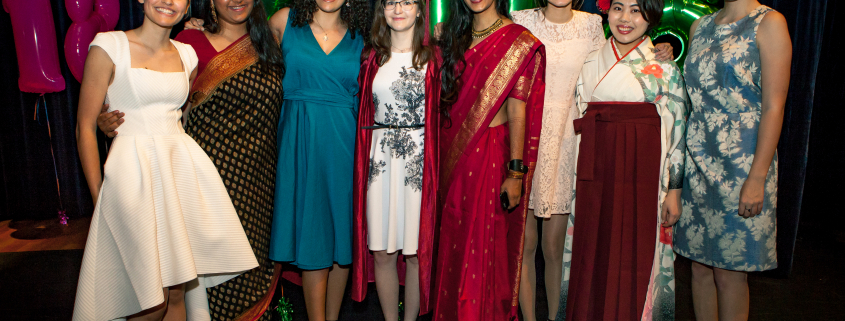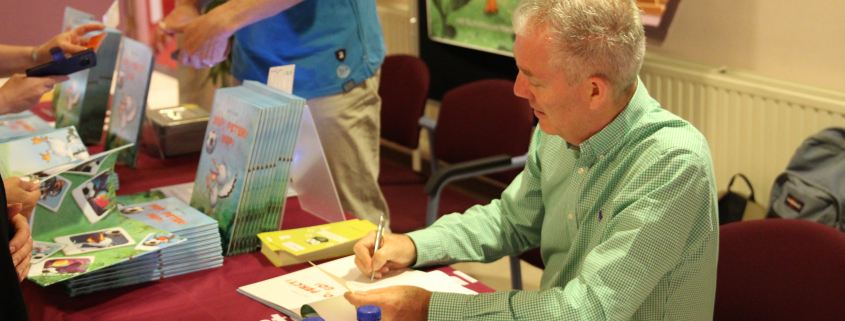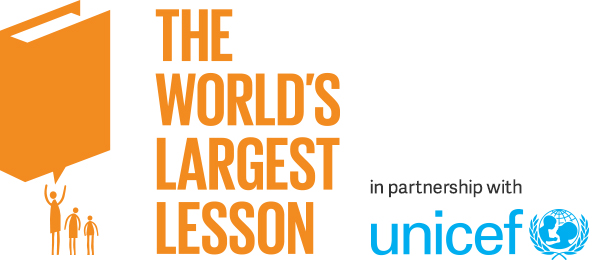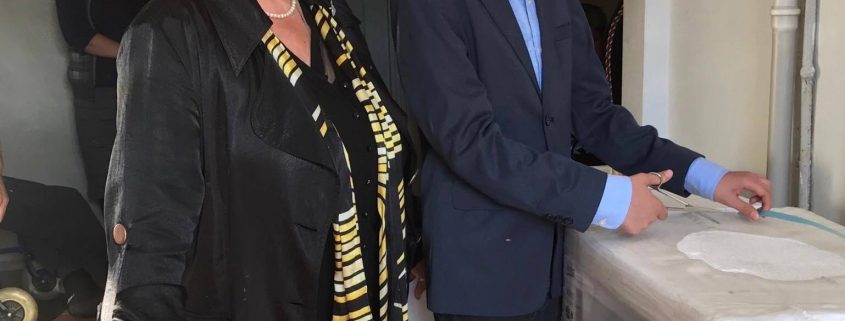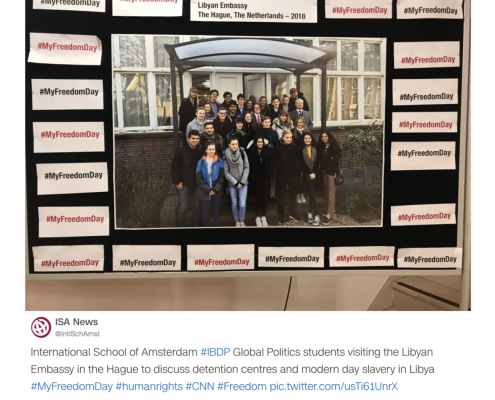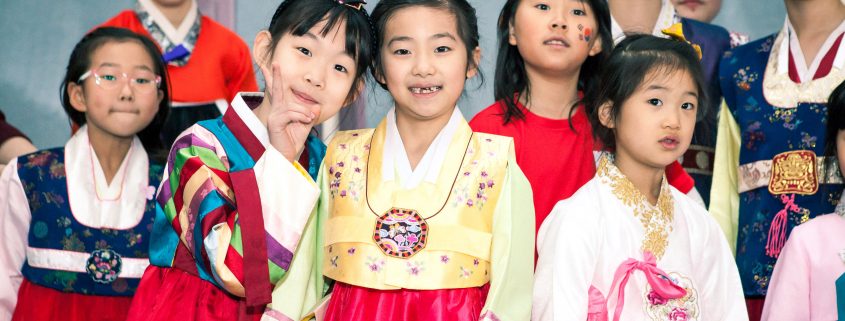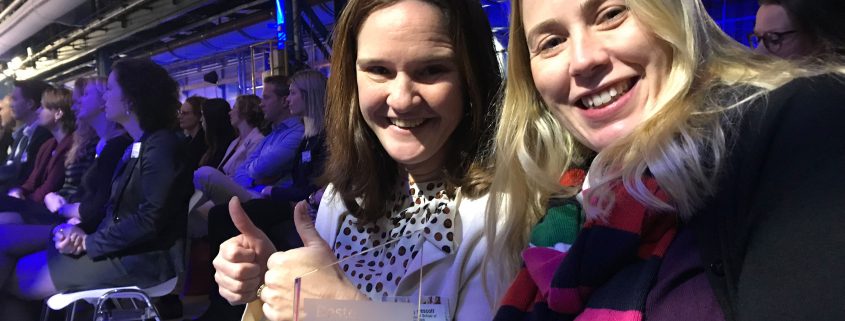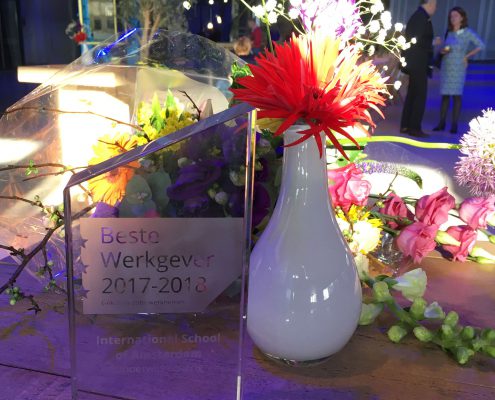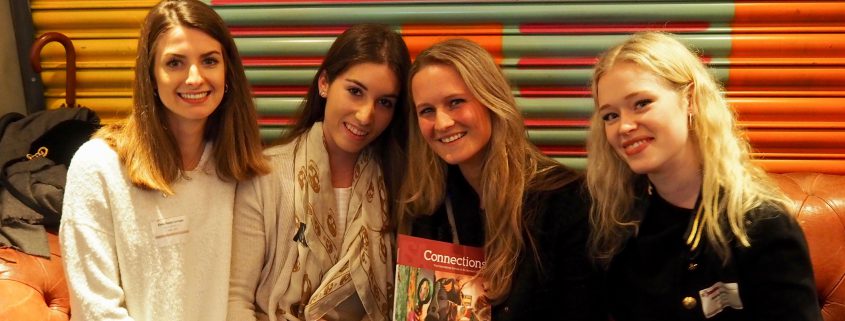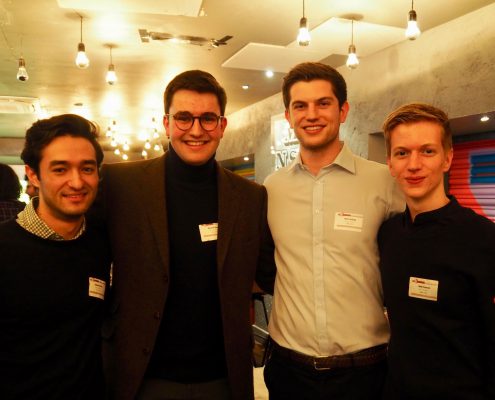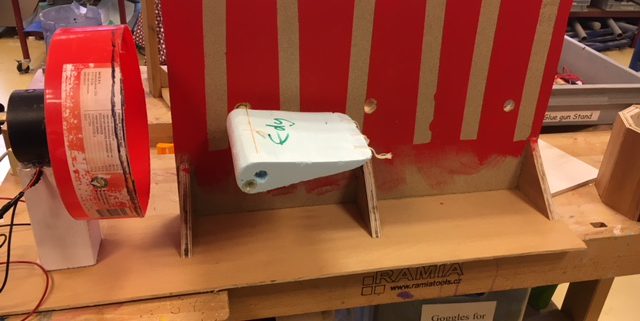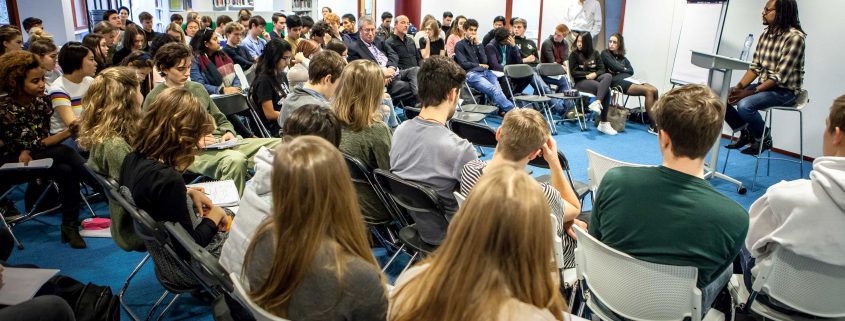ISA Students Featured in CNN #MyFreedomDay Blog
/in All SchoolRecently, ISA grade 11 and 12 Global Politics and grade 9 Individuals and Societies students have been studying the modern day slave trade and how it impacts their lives and global politics. IB Diploma Global Politics students created petitions and grade 11 students visited the Libyan Embassy in the Hague to discuss the issues with diplomats.
On Wednesday, 14 March, CNN held its day-long #MyFreedomDay event, driven by students, to raise awareness of modern slavery. ISA was one of 45 schools with students featured in the global CNN Freedom Day event blog – #MyFreedomDay. You can also watch the videos of our students giving their perspectives on this crisis.
In a world with masses of negative media coverage and fake news, it is incredibly heartening to see ISA react to global political issues and make a positive difference by raising awareness of these issues. Our students clearly take our mission, to educate for international understanding, to heart.
ISA Wins Top Employer in Education Award 2018
/in All SchoolIn 2014, ISA employed Effectory, a leading personnel research company, to administer an employee satisfaction survey to all faculty and staff. With consistently high scores across the survey categories, the school was nominated, and won, the coveted Top Employer award for Education in the Netherlands, as well as placed in the top 10 for businesses with under 1000 employees.
Last Spring, in following with HR practice, ISA surveyed its faculty and staff again and the results were nothing short of amazing. ISA’s numbers soared past our 2014 scores, once again placing the International School of Amsterdam in the list of nominees for Top Employer in Education for the Netherlands.
Yesterday, the ISA Human Resources Team – Harmen Veling, Michelle Pescott and Trudi Williams – attended the Effectory/Intermediar Beste Werkgever 2018 awards ceremony and proudly received the 2018 award for Top Employer In Education on behalf of the entire ISA educator community.
There’s a famous saying that if you choose a job you love, you will never have to work a day in your life. Working in the field of education often means following a passion – for learning, for teaching and for building a stronger future. For over 53 years, ISA has attracted leading educators from around the globe, creating a legacy of academic excellence which continues to extend the teachings from the classroom to a lifelong love of learning for every member of our community.
This award is a recognition of all the hard work that ISA teachers and staff members put into our school each day. It recognises that our organisation is special and that our diversity of cultures and beliefs truly allows us to integrate the mission we teach towards each day – to educate for international understanding – into our professional lives. We thank all of our faculty and staff for their support of our school and for their daily commitment, hard work and dedication.
Second London ISA Alumni Reception
/in All SchoolOn Sunday, 21 January, ISA held its second alumni reception in London at the trendy Graphic Bar in Soho. The event connected ISA students, faculty and staff from the past five decades for an evening of fun and shared reminiscence of their time at the school.
There were around 40 attendees in total, 34 of which were alumni. These were mostly students who had attended ISA in the past 10 years, and it was especially exciting to have someone who attended from 1977-1985. Representing current ISA staff were Director Ed Greene, Admissions & Advancement Director Julia True and Alumni & Advancement Officer, Matt Jasinski. It was also a pleasure to see David Monk, the former Head of Upper School and Claire McQuillen, the former Assistant Head of Upper School, attend the event.
Receptions such as these provide a fantastic opportunity not only for old friends to catch up but for alumni to make new friends through their shared connection to the school. The next reunion will be held in New York on this coming Sunday, 4 February.
For Julia, who has worked at ISA for 20 years, the real pleasure of the reception was seeing how students had grown into successful young adults.
“What was lovely about the reception was spending time with these young adults in the height of their career. I saw them start ISA as children, so it has been an honour and a privilege to see them grow into adults. That’s what makes these events special.”
“It was also amazing to see the shared connection between students. They may not have known each other before because they attended school at different times, but there was still a common feeling between everybody who shared a connection through their time at ISA.”
For Matt, the London reception was a success and he is excited about the opportunities to host future networking events for alumni and current students.
“It was a great experience to return to London for our second ISA Alumni Reception. We were able to both catch-up with alumni who attended last year, as well as meet some new faces who were attending for the first time. I am really looking forward to hosting our first reception in New York City and know that it will be as fun as our London receptions have been.”
“In addition to expanding these receptions, we are continually thinking of ways to engage our Alumni Community with our current students. To this end, we are currently planning a career series for our grade 10 students. A number of alumni at the London reception expressed an interest in participating, as it would be a great chance for them to give back to ISA.”
If you would like more information about this or our other alumni offerings, please contact Matt at alumni@isa.nl.
Written by Megan Amelia
Author Colson Whitehead Visits ISA
/in All School, Upper SchoolOn 6 December, Colson Whitehead, author of Pulitzer-prizewinning novel The Underground Railroad, visited ISA for a Q&A session with the grade 12 Theory of Knowledge class. Recently, the students have been discussing art as a form of knowledge. The session was a unique opportunity for students to meet an artist and consider his role in the process of creating the artwork.
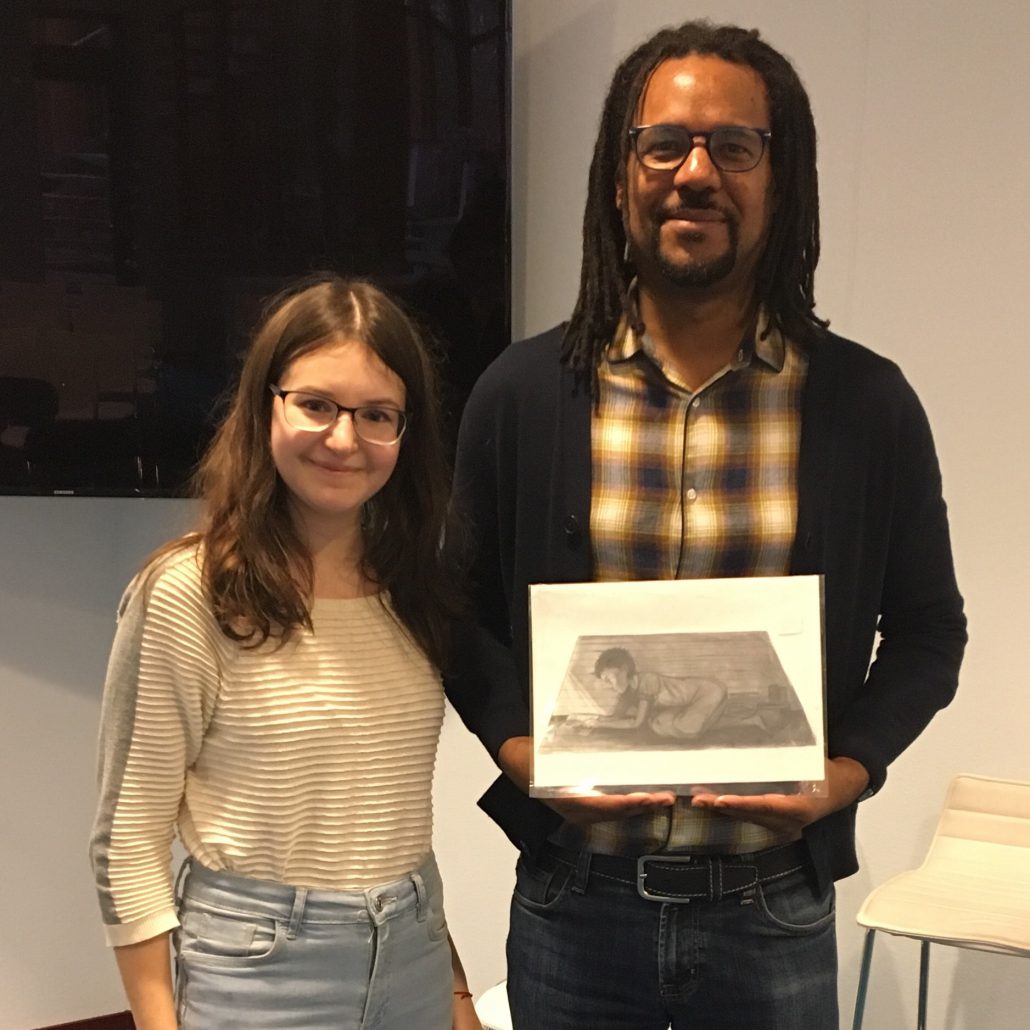
Sofia presents Colson Whitehead with her artwork.
The Underground Railroad tells the story of Cora, an escaped slave from a plantation in Georgia, who makes a bid for freedom by following the Underground Railroad, which is represented in the novel is an actual subway system. While he didn’t intend the book to have a didactic message, Colson explained that he depicted brutal violence inflicted on slaves because he felt a responsibility to portray the cruel treatment of his ancestors.
One student raised the issue of slave auctions today and asked if there were any lessons that the book can teach us. Taking a realist view, Colson answered that the book was by no means a manual. According to Colson, we will always have literal slaves and people who live slave-like experiences under capitalism, as they are trapped in an economic system which oppresses the poor. This, he said, will continue “until we’re robots on Mars.”
Grade 12 student Sofia was inspired by her experience of reading the novel to create her own piece of artwork; a drawing of Cora, peering at the outside world from the attic through a small hole. Sofia was invited up to the front of the discussion and presented the drawing to Colson; she felt that, as he was her inspiration, he deserved the original piece.
Written by Megan Amelia
Contact Us
Sportlaan 45, 1185 TB Amstelveen, The Netherlands
Telephone: +31 20 347 1111
Fax: +31 20 347 1222

